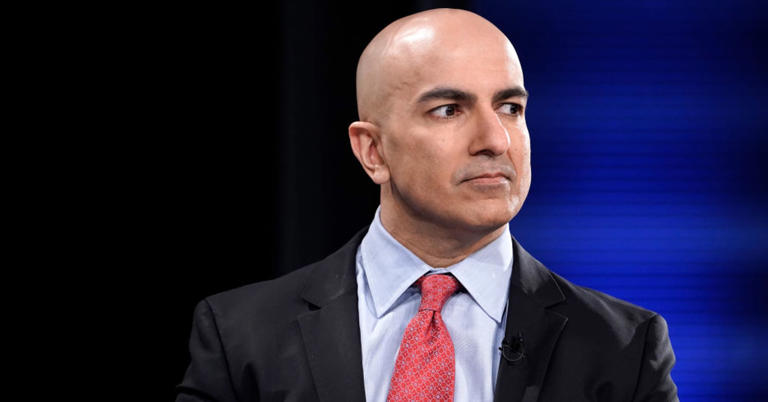The Federal Reserve’s monetary policy decisions have been under intense scrutiny as policymakers grapple with the challenge of balancing economic growth and inflation concerns. Amidst diverging views among Fed officials and market participants, Goldman Sachs Chief Economist Jan Hatzius has reiterated his expectation of three interest rate cuts this year. His remarks come in the wake of Minneapolis Fed President Neel Kashkari’s suggestion of the possibility of zero rate reductions if inflation remains stubborn. As the debate over the necessity and timing of rate cuts unfolds, investors and economists alike are closely monitoring economic indicators and Fed commentary for insights into the trajectory of monetary policy.
Assessing Rate Cut Expectations: Jan Hatzius’s assertion of three anticipated interest rate cuts reflects a cautious stance on the economic outlook and inflation dynamics. Despite recent remarks from some Fed officials hinting at a potential pause in rate reductions, Hatzius remains steadfast in his projection, emphasizing the significance of near-term data and the Fed’s reaction function. The divergence in views underscores the inherent uncertainty surrounding monetary policy decisions and the complex interplay of economic factors influencing Fed deliberations.
Challenges and Considerations: The Fed’s decision-making process is fraught with challenges as policymakers navigate a delicate balance between stimulating economic growth and taming inflationary pressures. Neel Kashkari’s suggestion of zero rate cuts highlights the dilemma facing the central bank amidst lingering inflation concerns. While Fed Chair Jerome Powell has emphasized the need for patience in assessing inflation trends, market participants are eagerly awaiting further clarity on the Fed’s policy stance. The upcoming release of U.S. jobs data assumes heightened significance as investors seek additional guidance on labor market conditions and inflationary pressures.
Economic Outlook and Projections: Amidst the uncertainty surrounding monetary policy, Jan Hatzius remains optimistic about the U.S. economy’s prospects, forecasting robust growth of close to 3% this year. Despite concerns of a potential recession, Hatzius believes the probability remains relatively low, citing historical trends and economic indicators. Moreover, he anticipates a moderation in inflationary pressures, projecting the core PCE price index to stabilize around 2% by next year. These projections underscore the nuanced dynamics shaping the economic landscape and the Fed’s policy calculus.
Market Response and Implications: Market participants are closely monitoring Fed commentary and economic indicators for signals on future interest rate moves. The likelihood of unchanged rates at the May policy meeting, coupled with diminishing expectations of a rate cut in June, reflects evolving market sentiment and uncertainty surrounding the Fed’s policy trajectory. However, the potential for rate cuts later in the year remains contingent on various factors, including inflation data, economic growth trends, and global developments. As investors brace for potential shifts in monetary policy, volatility in financial markets may ensue, underscoring the importance of staying attuned to evolving dynamics.
The Federal Reserve’s approach to monetary policy continues to be a subject of intense debate and speculation as policymakers navigate a complex economic landscape. Jan Hatzius’s projection of three interest rate cuts underscores prevailing concerns over inflation and economic growth prospects. While Fed officials grapple with diverging views and evolving data, investors are advised to exercise caution and remain vigilant amid heightened market uncertainty. As the Fed’s policy stance evolves in response to changing economic conditions, market participants must adapt to shifting dynamics and position themselves prudently for potential market volatility.
